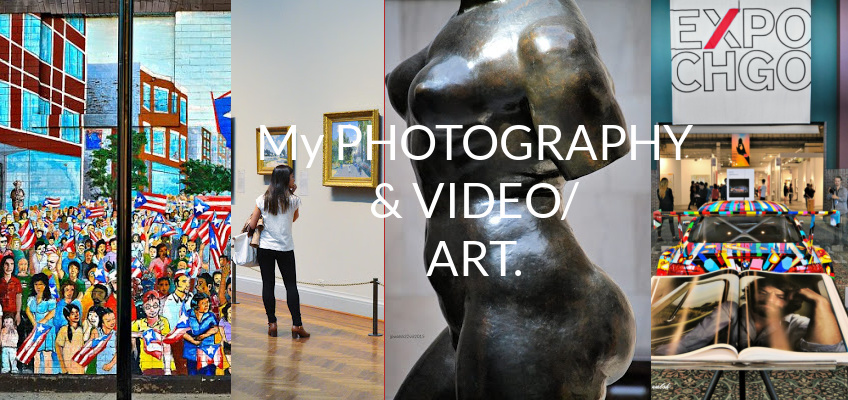

Chicagoan Richard Hunt has over 150 large-scale installations around the world. Since 2005, Richard Hunt’s We Will has stood proudly on the sidewalk by the intersection of Randolph Street and Garland Court near Chicago’s Cultural Center and Millennium Park. We Will stands 35 feet tall and is made of welded stainless steel. The public art is a sculpture of scale that is impressive on its downtown Chicago streets.
“I Will” is the long-time mantra of Chicago. Its roots trace to the Great Fire of 1871, and the dogged resiliency of its citizens to rebuild, to reinvent, and to grow to new heights. The sculpture evokes the licks of flame from that devastating event in the 19th century from which the city built back bigger, better, faster, and stronger – and whose title We Will indicates that Chicagoans in the 21st century continue this tradition of resilience and resolve by looking to do so together.
We Will was commissioned by the Mesa Development Company, the developers of a condominium and mixed-use building in Chicago. Hunt has his artwork installed for viewing across the city of Chicago including, in 2021, his Light of Truth Monument to Ida B. Wells in Bronzeville, Jacob’s Ladder in the Carter Woodson Regional Library, Farmer’s Dream at the MCA, and Flightforms at Midway Airport, among others.
“There are a range of possibilities for art on public buildings or in public places. To commemorate, to inspire. I think art can enliven and set certain standards for what is going on in and around it.” – Richard Hunt, sculptor.
Among these celebrated works by Richard Hunt is included the first artwork commissioned for the Obama Presidential Center in Chicago. Titled Book Bird, Hunt’s sculpture will be placed outdoors in the Library Reading Garden of the new Chicago Public Library branch at the Obama Presidential Center campus. The former 44th U.S. president in a Zoom call with the artist recently observed about Richard Hunt and his artwork: “[Hunt’s] personal story embodies what is hoped to be the experience at the center. To have one of the greatest artists Chicago ever produced and to participate in what we hope is an important cultural institution for the city and the South Side …it feels like a pretty good fit to me.”

Richard Hunt was born in 1935 in the Woodlawn neighborhood and lived at 63rd and Eberhart on the South Side of Chicago. His family moved to Englewood when Hunt was 4 years old. Hunt attended public schools and his family was very involved in visiting the city’s cultural institutions, particularly The Art Institute of Chicago and the Field Museum. Hunt received a B.A.E. from the School of the Art Institute of Chicago in 1957 and, afterwards, studied and traveled in Europe as well as served in the U.S. Army.
In the artist’s long career Hunt has received more than a dozen honorary degrees from leading educational institutions of higher learning across the country. He has also served at several prestigious universities as professor and artist in residence. Hunt made history when he became the first African-American artist to have a retrospective exhibition of his work at the Museum of Modern Art (MoMA) in New York City.
“There are a range of possibilities for art on public buildings or in public places,“ Hunt said recently in the context of his Obama Center work, “To commemorate, to inspire. I think art can enliven and set certain standards for what is going on in and around it.”
Richard Hunt died in Chicago on December 16, 2023. Hunt was 88 years old. See more – https://www.latimes.com/entertainment-arts/story/2023-12-18/richard-hunt-dies-sculptor-inspired-by-civil-rights-movement – retrieved December 19, 2023.
Sources and further information:
https://www.obama.org/the-center/richard-hunt/
https://richardhuntstudio.com/portfolio-items/we-will/


Text, 2016 and 2021 photographs, format:













